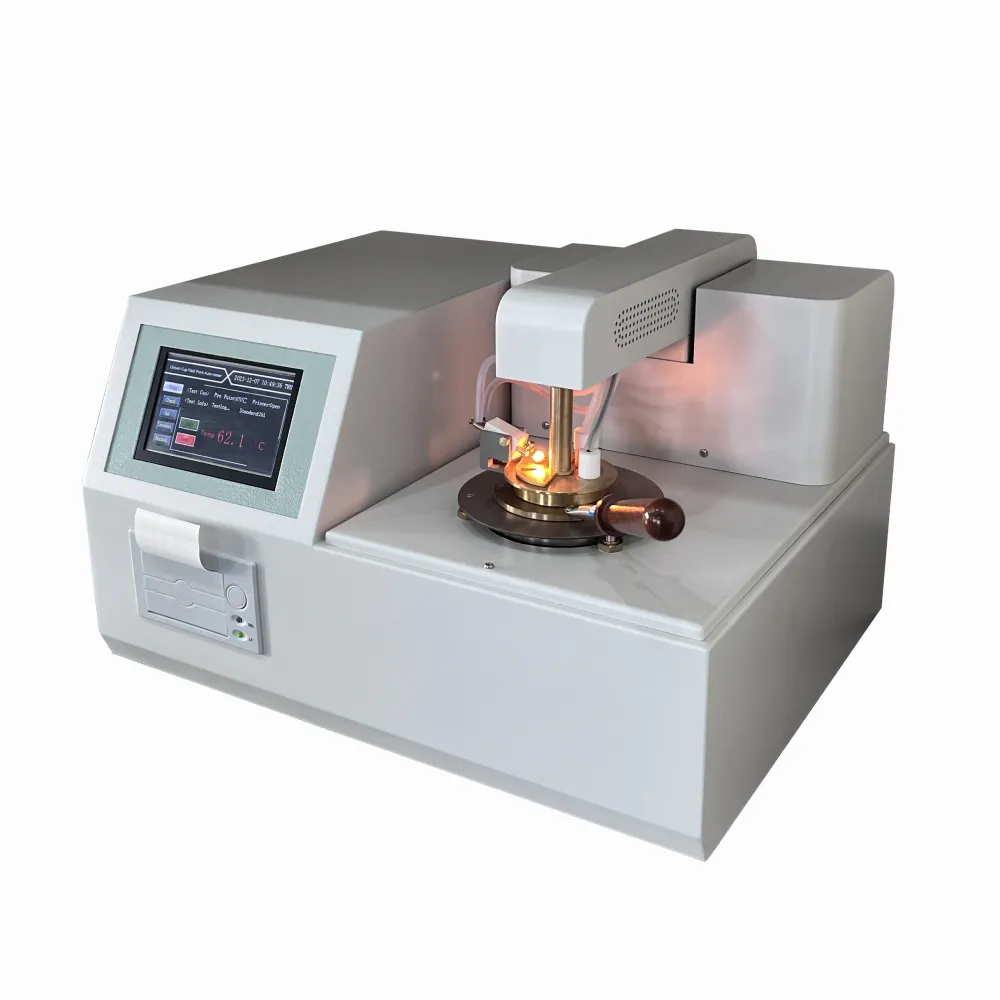 English
English



-
 Afrikaans
Afrikaans -
 Albanian
Albanian -
 Amharic
Amharic -
 Arabic
Arabic -
 Armenian
Armenian -
 Azerbaijani
Azerbaijani -
 Basque
Basque -
 Belarusian
Belarusian -
 Bengali
Bengali -
 Bosnian
Bosnian -
 Bulgarian
Bulgarian -
 Catalan
Catalan -
 Cebuano
Cebuano -
 China
China -
 China (Taiwan)
China (Taiwan) -
 Corsican
Corsican -
 Croatian
Croatian -
 Czech
Czech -
 Danish
Danish -
 Dutch
Dutch -
 English
English -
 Esperanto
Esperanto -
 Estonian
Estonian -
 Finnish
Finnish -
 French
French -
 Frisian
Frisian -
 Galician
Galician -
 Georgian
Georgian -
 German
German -
 Greek
Greek -
 Gujarati
Gujarati -
 Haitian Creole
Haitian Creole -
 hausa
hausa -
 hawaiian
hawaiian -
 Hebrew
Hebrew -
 Hindi
Hindi -
 Miao
Miao -
 Hungarian
Hungarian -
 Icelandic
Icelandic -
 igbo
igbo -
 Indonesian
Indonesian -
 irish
irish -
 Italian
Italian -
 Japanese
Japanese -
 Javanese
Javanese -
 Kannada
Kannada -
 kazakh
kazakh -
 Khmer
Khmer -
 Rwandese
Rwandese -
 Korean
Korean -
 Kurdish
Kurdish -
 Kyrgyz
Kyrgyz -
 Lao
Lao -
 Latin
Latin -
 Latvian
Latvian -
 Lithuanian
Lithuanian -
 Luxembourgish
Luxembourgish -
 Macedonian
Macedonian -
 Malgashi
Malgashi -
 Malay
Malay -
 Malayalam
Malayalam -
 Maltese
Maltese -
 Maori
Maori -
 Marathi
Marathi -
 Mongolian
Mongolian -
 Myanmar
Myanmar -
 Nepali
Nepali -
 Norwegian
Norwegian -
 Norwegian
Norwegian -
 Occitan
Occitan -
 Pashto
Pashto -
 Persian
Persian -
 Polish
Polish -
 Portuguese
Portuguese -
 Punjabi
Punjabi -
 Romanian
Romanian -
 Russian
Russian -
 Samoan
Samoan -
 Scottish Gaelic
Scottish Gaelic -
 Serbian
Serbian -
 Sesotho
Sesotho -
 Shona
Shona -
 Sindhi
Sindhi -
 Sinhala
Sinhala -
 Slovak
Slovak -
 Slovenian
Slovenian -
 Somali
Somali -
 Spanish
Spanish -
 Sundanese
Sundanese -
 Swahili
Swahili -
 Swedish
Swedish -
 Tagalog
Tagalog -
 Tajik
Tajik -
 Tamil
Tamil -
 Tatar
Tatar -
 Telugu
Telugu -
 Thai
Thai -
 Turkish
Turkish -
 Turkmen
Turkmen -
 Ukrainian
Ukrainian -
 Urdu
Urdu -
 Uighur
Uighur -
 Uzbek
Uzbek -
 Vietnamese
Vietnamese -
 Welsh
Welsh -
 Bantu
Bantu -
 Yiddish
Yiddish -
 Yoruba
Yoruba -
 Zulu
Zulu
current of generator
Understanding the Current of Generators A Vital Component in Power Generation
Generators play a crucial role in the production of electricity, serving as essential devices that convert mechanical energy into electrical energy. Understanding the current characteristics of generators is paramount for engineers, technicians, and anyone involved in power generation systems. This article delves into the different aspects of generator current, including its types, measurement, and significance in ensuring the efficient operation of power systems.
Firstly, it is important to grasp what current in a generator entails. Current, measured in amperes (A), represents the flow of electric charge. In the context of generators, current is produced when mechanical energy is converted to electrical energy through electromagnetic induction. This process occurs when a conductor, such as copper wire, is rotated within a magnetic field, causing electrons to move and generate an electric current. The primary types of current encountered in generators are direct current (DC) and alternating current (AC).
Understanding the Current of Generators A Vital Component in Power Generation
The measurement of current is another key aspect of understanding generator performance. Current can be quantified using ammeters, which are instruments designed to measure the strength of electric current in a circuit. In the context of generators, both the magnitude and type of current being produced are crucial for determining the overall efficiency and capabilities of the generator. For example, an alternator's current output can be influenced by load demand, speed, and field excitation.
current of generator

Load demand refers to the amount of electrical power needed by consumers at any given time. It is essential to match the generator's output current to the load to ensure stability and reliability. If the current supplied by the generator is significantly less than the load demand, it can lead to voltage drops, which may disrupt power supply or damage electrical equipment. Conversely, if the output current exceeds the load demand, it may result in overheating and possible failure of the generator.
Another critical parameter related to generator current is the power factor, which is a measure of how effectively electrical power is being converted into useful work output. The power factor is especially significant in AC systems, where differences between current and voltage waveforms can lead to inefficiencies. A power factor of 1 indicates that all the current contributes to productive work, while a lower power factor necessitates larger generators to provide the same amount of power, leading to increased operational costs.
The significance of monitoring and understanding generator current cannot be overstated, especially in large-scale power generation. Engineers and operators must continuously assess current levels to ensure optimal output and efficiency. Advanced technologies such as smart grids and automated monitoring systems have made it easier to track current in real-time, allowing for immediate adjustments in generator operation to meet fluctuating load demands.
In conclusion, the current of generators is a fundamental aspect of electrical power generation that warrants a thorough understanding. With the vast majority of electrical systems relying on AC generators, knowledge of current types, measurement, and management is crucial for ensuring stability, efficiency, and reliability in power supply. As society continues to advance and demand for energy increases, the importance of mastering generator current will be paramount to successfully navigating the challenges of modern power generation.
-
Ensuring SF₆ Gas Safety: Introducing PUSH’s Integrated SF₆ Analyzer for Dew Point, Purity, and Decomposition MonitoringNewsJul.10,2025
-
Exploring the Main Types of Industrial Endoscopes and Their Applications Across IndustriesNewsJul.04,2025
-
Testing Equipment Industry Sees Major Advancements in 2025: Smart & Precision Technologies Lead the WayNewsJun.06,2025
-
Applications of Direct Current Generators in Renewable Energy SystemsNewsJun.05,2025
-
Hipot Tester Calibration and Accuracy GuidelinesNewsJun.05,2025
-
Digital Circuit Breaker Analyzer Features and BenefitsNewsJun.05,2025



